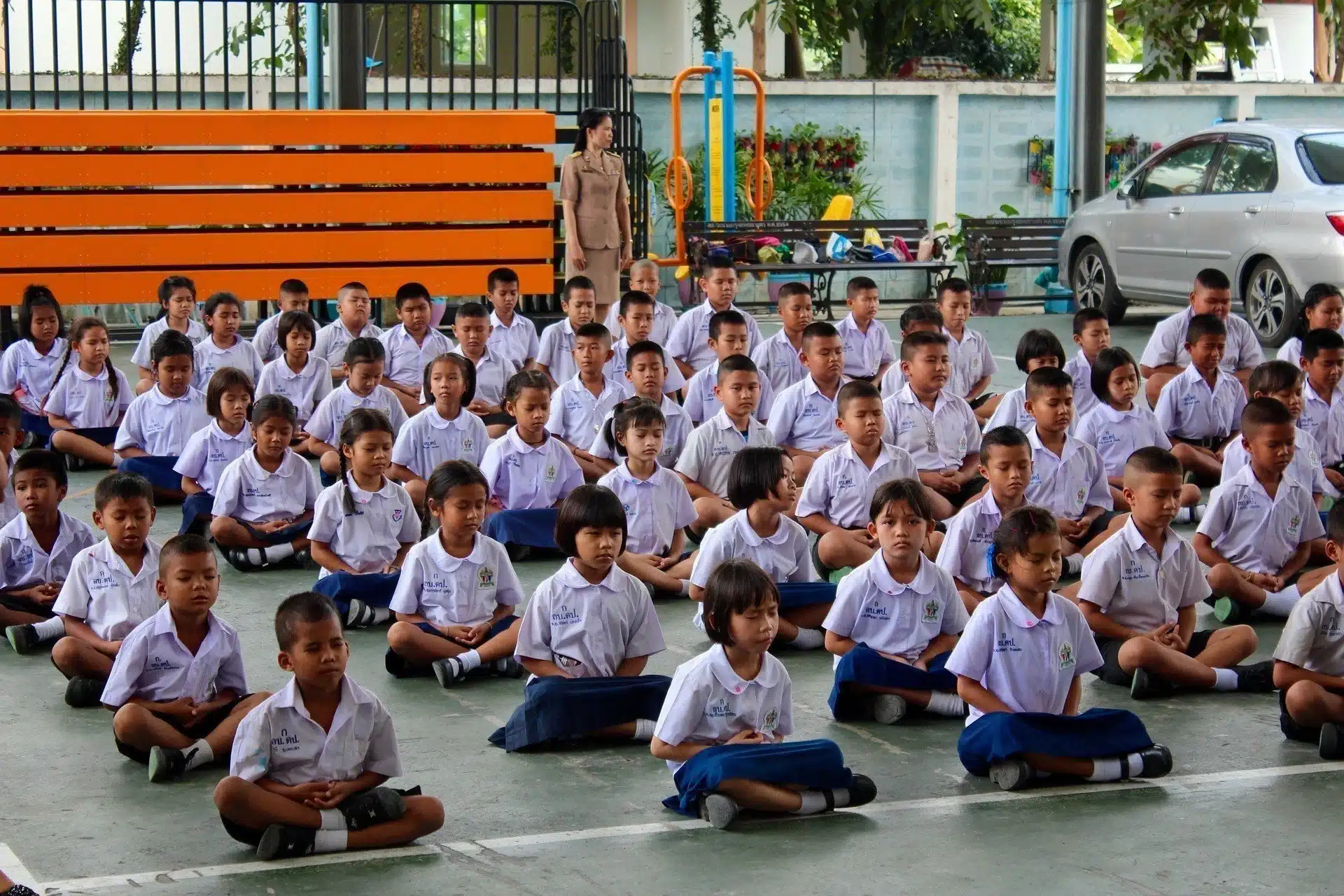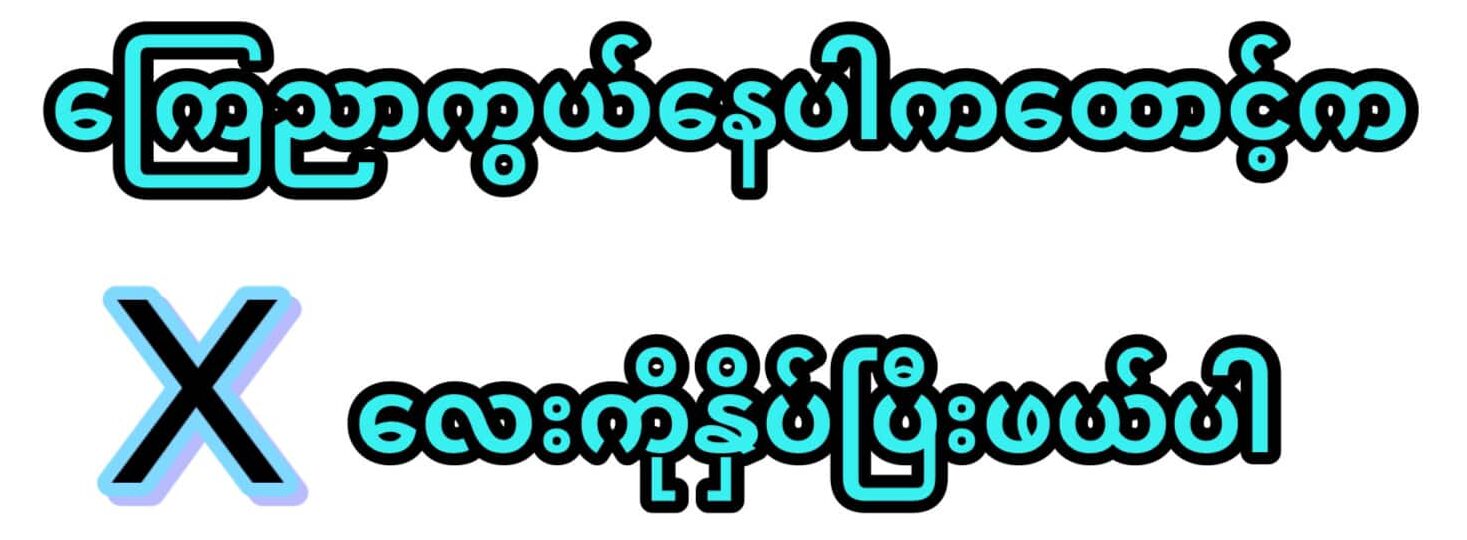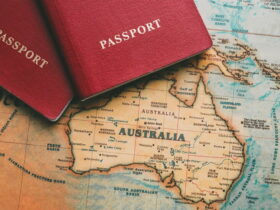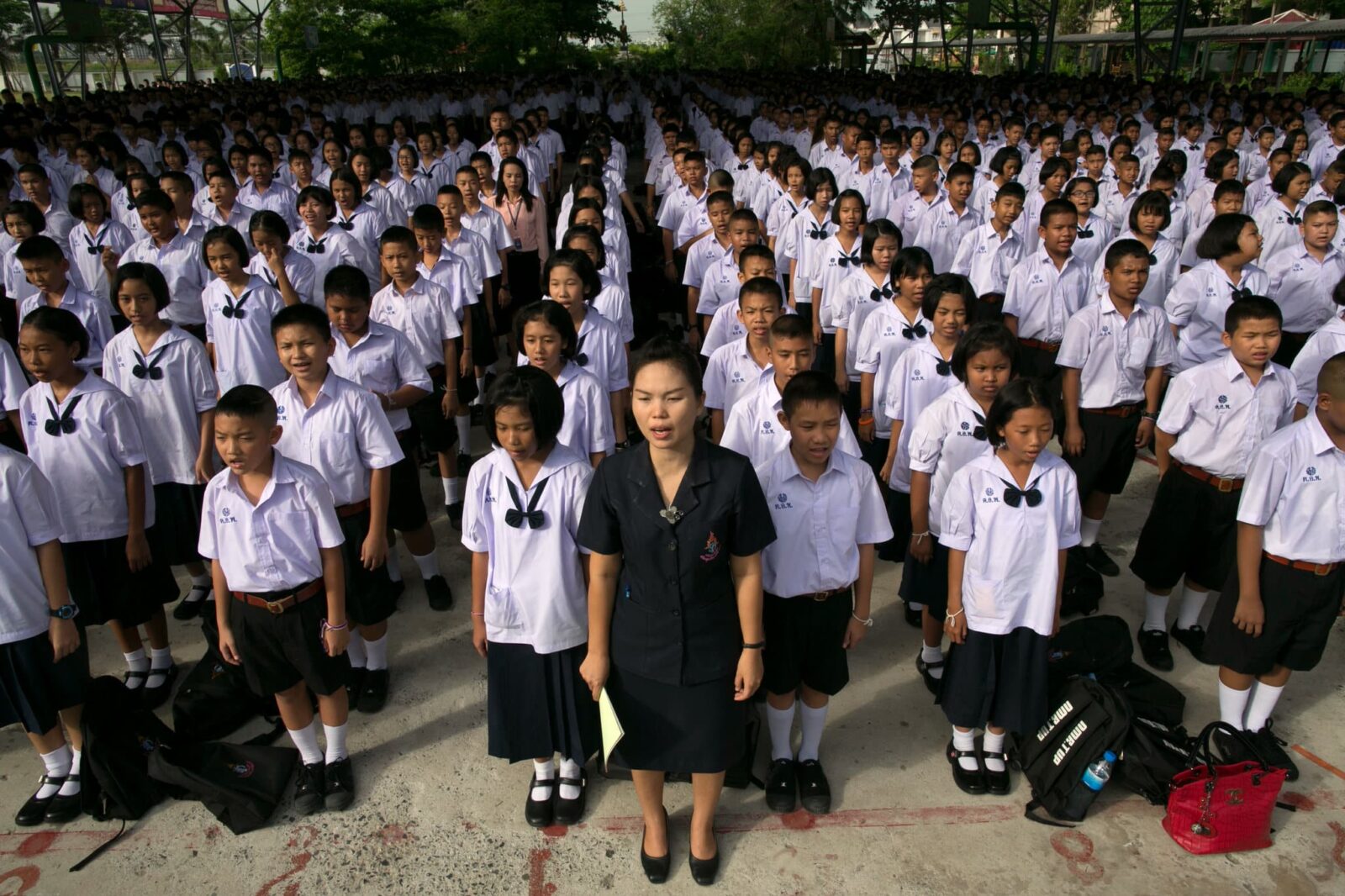Navigating the education system in Thailand can be a complex task for expat parents, especially if you’ve recently relocated to the country. Thailand’s education system is typically divided into three main stages: preschool, primary, and secondary education. If you’re specifically interested in primary school in Thailand, here’s some essential information to help you understand the system and what it entails.
Understanding Primary School in Thailand
What is a Primary School in Thailand?
In Thailand, primary school, known as “Prathom Suksa,” provides elementary education and typically follows three years of preschool. While preschool is not compulsory in Thailand, primary school attendance is mandatory, and parents are required to enroll their children in primary school once they reach the age of 6.
The primary school system spans six years, encompassing Prathom 1 to Prathom 6. Children attend primary school until the age of 12, after which they transition to secondary school. This six-year period is further divided into two phases: lower elementary (Prathom 1-3) and upper elementary (Prathom 4-6).

The academic year in Thailand is divided into two terms. The first term runs from May to September, followed by a short break. The second term commences in October and continues until the end of February, with a lengthy summer break in March and April. Additionally, Thai primary schools observe various public and government holidays.
A typical school day in Thailand usually starts at 8:00 AM and concludes around 4:00 PM, although specific hours may vary from one school to another.
Primary School Curriculum
The primary school curriculum in Thailand covers eight key areas of learning. While it emphasizes fundamental skills like the Thai language and Mathematics, it also places significant importance on life experiences through subjects such as Sciences and Social Science. The subjects included in the curriculum are:
- Thai language
- Mathematics
- Sciences
- Social and Religious Studies
- Health and Physical Education
- Professional Works and Technology
- Foreign Language
- Arts
Students are not required to study all eight subjects simultaneously. However, English is introduced right from the beginning of primary education, starting from Prathom 1. Towards the end of their primary school journey, students receive a Certificate for Primary Education as recognition of their successful completion of the Prathom 6 exams. This certificate signifies the conclusion of primary education and readiness for the transition to secondary schooling.
It’s important to note that international schools in Thailand may have different curriculum structures compared to local schools. If you plan to enroll your children in an international school, direct contact with these institutions or a visit to their websites for detailed information is advisable to make an informed educational choice that aligns with your children’s needs.
Grading System
Similar to American and British schools, most primary schools in Thailand employ a standard A to F grading system. However, some schools opt for a 4-point grading system where 1 represents the lowest score, and 4 is the highest, with an ‘F’ grade for students who do not meet the passing criteria.
In the traditional Thai education approach, it is relatively rare for students to repeat a year due to failing grades. Instead, if a student does not pass a certain year, the school usually offers them an opportunity to make up for it by retaking their end-of-year exams, which might include attending summer school if necessary. This system allows students to progress along with their peers.

Types of Primary Schools in Thailand
Parents in Thailand have several options when it comes to selecting a primary school for their children, and these options can generally be categorized into three main types:
- Public Schools: These government-run institutions provide free education and are accessible to all segments of Thai society. They follow the Thai national curriculum and typically have the largest number of enrolled students.
- Private Schools: Private schools cater to those seeking an alternative to the public education system. While they may also follow the Thai national curriculum, private schools often offer additional benefits such as smaller class sizes, more resources, and diverse educational programs. Tuition fees are generally applicable at private schools.
- International Schools: International schools do not adhere to the Thai national curriculum but instead offer a curriculum aligned with international standards, often derived from Western countries like the United States or the United Kingdom. English is typically the primary language of instruction, although some schools may offer instruction in French or German, reflecting their chosen curriculum. International schools are renowned for providing high-quality education but come with a higher cost and are generally attended by expatriate or affluent Thai families.
In addition to these primary school options, some Thai parents opt for private schools that offer bilingual or dedicated English programs to give their children a head start in English proficiency. In these institutions, the Thai national curriculum is primarily taught in English, offering students a unique pathway to fluency in this global language. This approach is particularly popular in urban areas where the demand for English proficiency is high.
Understanding the primary school landscape in Thailand is essential for expat parents who are seeking the best educational opportunities for their children in their new home. With a variety of school types and curriculum options available, parents can make informed decisions to ensure their children’s academic success and personal growth in Thailand’s vibrant education system.








Leave a Reply